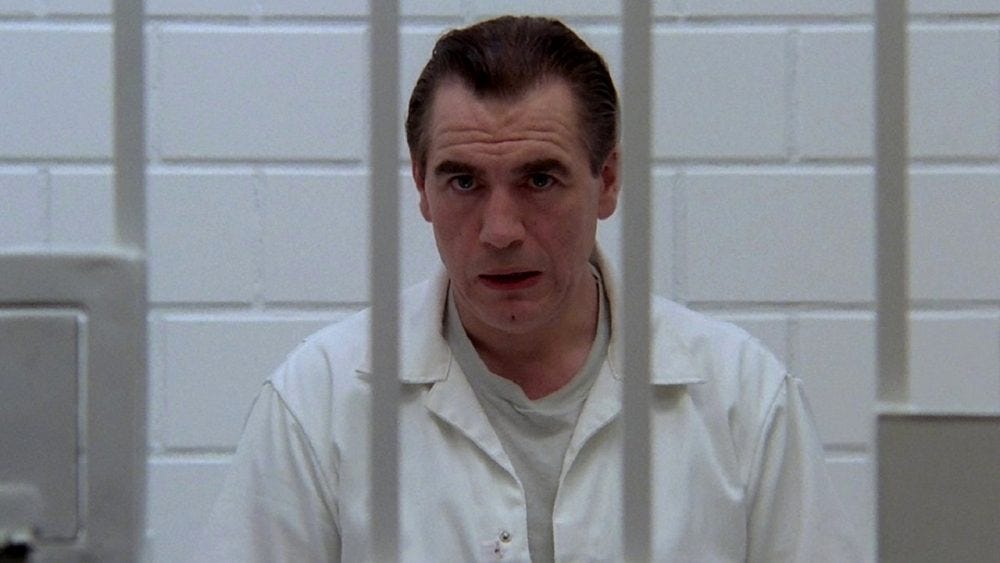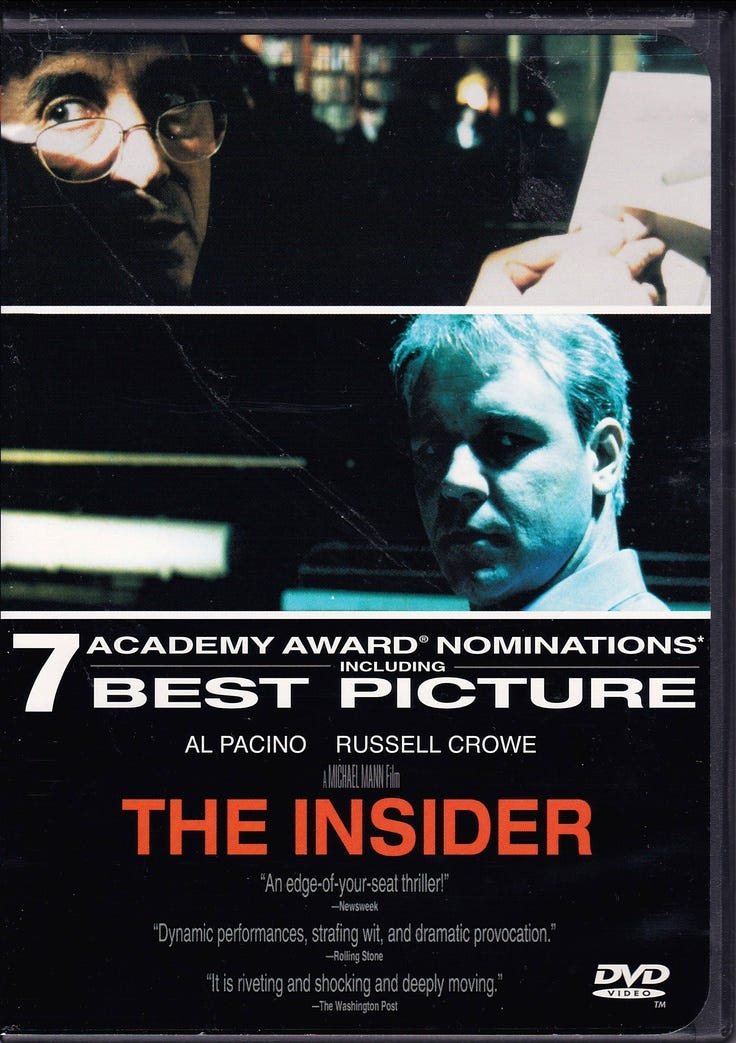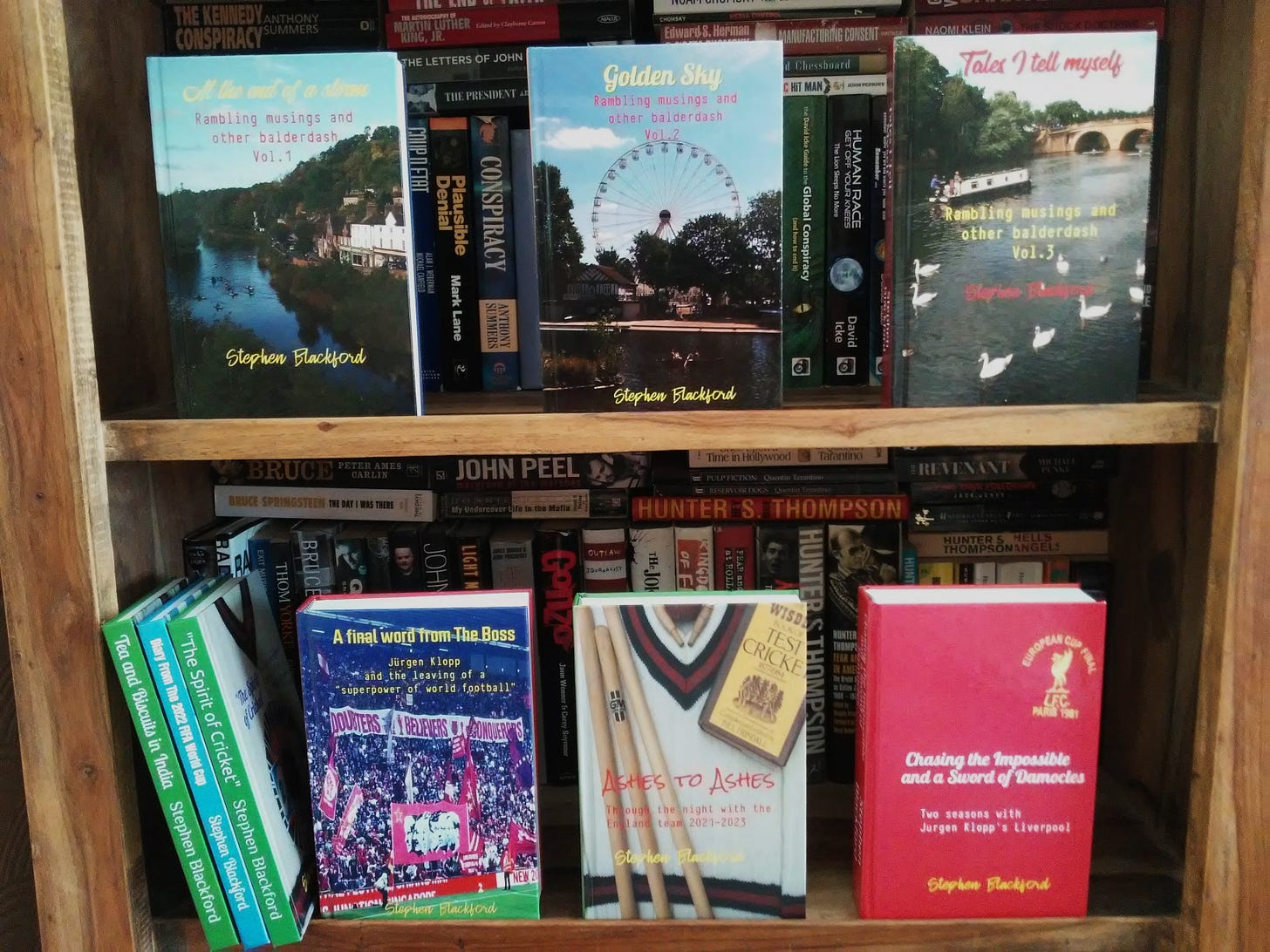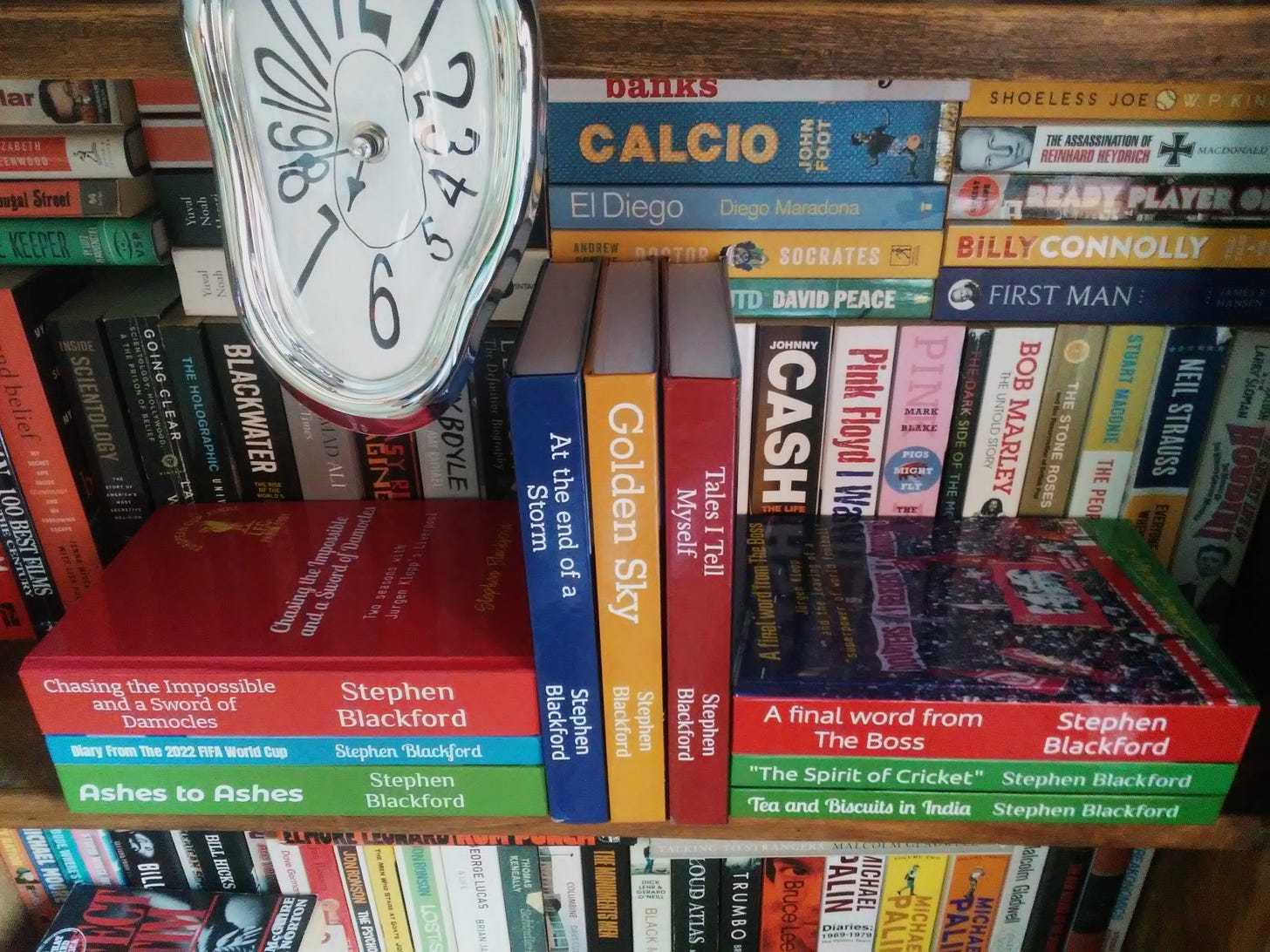
Based on the novel Red Dragon by Thomas Harris with a screenplay from Director Michael Mann, this is a film now familiar to millions following the far more critically acclaimed 1991 Silence of the Lambs (directed by Jonathan Demme) and its direct remake in 2002 Red Dragon (directed by Brett Ratner). For those unfamiliar with this iconic story, a very brief premise:
Enjoying retirement and a life away from murder investigation, “Will Graham” (William Petersen) is coerced into returning to solve the “tooth fairy” investigation by long time friend and boss “Jack Crawford” (Dennis Farina). Will realises he has to deal with his past demons to solve the case and enlists the help of an imprisoned psychopathic killer “Dr Hannibal Lecktor” (Brian Cox) to get inside the mind of the “Tooth Fairy” killer.
My appreciation of this cult, some say classic film, and screen debut of Dr Hannibal “The Cannibal” Lecktor (spelt correctly for this film, but revised to Lecter for all future films) will be to draw comparisons with both the 2002 re-make and the heavily influenced 1991 Silence of the Lambs. All three are stand alone films in their own right, but all are connected by narrative strands and characters familiar in all three films. This is also Michael Mann’s third feature film and by far and away his most stylish, accomplished, atmospheric and technically brilliant to date.
“Will Graham” (William Petersen). Brilliantly played by William Petersen, he needs to carry the film and does so excellently. Often talking to himself, piecing the puzzle together whilst watching videotapes of the recently attacked families, it’s yet another duality portrayal, of wanting the idyllic family life by the coast, but haunted by his past and seeking redemption with his future. The iconic scenes with Hannibal Lecktor in prison are sparse in comparison with the more detailed and tense scenes in both Silence of the Lambs and Red Dragon, but the similarities with his character as portrayed by Edward Norton in the 2002 remake are stark and a very direct nod to this 1986 classic. Norton’s mannerisms are a mirror to Petersen’s portrayal in many ways and not just from the almost direct remaking of the same scenes. The talking to self, the pauses, quizzical looks and expressions are seemingly a direct nod to Petersen’s earlier portrayal.
“Dr Hannibal Lecktor” (Brian Cox). Brian Cox has a far smaller role in this 1986 original than I first remembered, and far smaller than Lecter’s Anthony Hopkins reincarnation in both Silence of the Lambs and Red Dragon. In the latter two films, Hopkins is stunning, brooding, dangerous and brilliantly depicted as a calculating psychopath. The character has far more time to breathe in the later films, more developed and nuanced. Here, Cox is excellent if a little underused and dare I say it, the only character to appear to have dated along with the film. A minor criticism based on screen time, but also perhaps an unfair criticism when compared to Hopkins majestic performances in the later films.
“Jack Crawford” (Dennis Farina). Dennis Farina is another stand out performer in the 1986 original, cajoling his friend to return in the hunt for the “Tooth Fairy”. A far larger role than that given to Harvey Keitel in the 2002 remake and on a par with Scott Glenn’s incredible performance in Silence of the Lambs. No higher praise.
“Francis Dollarhyde” (Tom Noonan). Tom Noonan’s portrayal as the “Tooth Fairy” AKA Francis Dollarhyde remains underrated and superior even to Ralph Fiennes portrayal in the remake. The balance kept between an insane, psychopathic killer and the sweeter natured and wanting to be helpful photographic assistant is brilliantly done in both films, but Noonan’s take here is sublime. With the iconic shot of the stocking face mask as a given, it’s the touches and that balance that propel this performance. Mann shoots Noonan often slightly out of shot, an arm, a body without a face, and particularly from behind, thus projecting this almost ethereal being, a slight mystery to which all is quickly and brutally revealed. As the film builds to it’s climax, it’s Noonan’s portrayal that is to the fore, the burning jealousy as a colleague accompanies his muse “Reba McClane” (Joan Allen) home, watching home movies of the past/present families he intends to brutally murder, to lying in bed with Reba, torn with desire, and with intentions both good and evil. A brilliant, sublime performance, full of a delicate balance of menace, anxiety and sadistic pleasure.
From the very opening, this classic is bathed in early Michael Mann trademarks and is produced in league with regular collaborators Dante Spinotti (Director of Photography) and Colleen Atwood (Costume Designer). From the wide shot across a gently lapping beach as the film opens until a beautiful moonlit shot closes the opening monologue, this is a Michael Mann film to marvel at. With a typical meticulous eye for detail and unrushed story telling throughout, the film is also backed by a pulsing 80’s style synthesizer “hum”, which is vastly superior to the same dated style of his earlier film, The Keep. The original music is credited to The Reds and Michel Rubini and the musical score certainly heightens the film’s tension, eeriness and drenching it in atmosphere throughout. Michel Rubini is also credited as composing the wonderful “Graham’s Theme”.
There are so many iconic Michael Mann/Dante Spinotti styled shots and scenes, the dream cutting into a slow motion nightmare, cutting to explicit photos on public display on an aeroplane, to beach side shots (day and night), to a highly effective shot of Will Graham pondering deeply against a rain soaked window backdrop. The best and most effective are saved for Dollarhyde and portray his descent into psychopathy perfectly. A beautiful sunrise wide shot followed by a zoom into Dollarhyde and Reba embracing by a beach side is a supreme example, however the menace and anxiety that drips through Dollarhyde at Reba’s front door, backlit by a street light and shot from below giving Dollarhyde an even taller, more imposing figure, is brilliant. Similarly, the balance between Dollarhyde’s psychopathy and softer side is aptly demonstrated when, nervous, unsure and agitated at work with Reba, controlling his psychopathy just and determined to show her a more tender and loving side, we cut to a scene that pleases both Dollarhyde and Reba separately, but while Reba’s pleasure is complete, Dollarhyde’s “balance” is teetering, threatening to break down again into madness.
Two star supporting roles are worthy of note in addition to the stand out stars of the film, namely Kim Greist as “Molly Graham” and Joan Allen’s wonderful portrayal of “Reba McClane”. A brilliant film cut to the perfect running time of two hours and though a little dated when compared to it’s 2002 remake, it’s still far superior. Michael Mann’s first classic cinematic offering is born, dripped in 1980’s visuals and styles but retains a real verve all these decades later.
“Manhunter” can also be found within my 7 volumes of “Essential Film Reviews Collection” on Amazon with each and every volume free to read should you have a Kindle “Unlimited” package. All 9 of my self-published books can also be read for free on Kindle (but go on, treat yourself to a paperback or hardback version!) and should you watch my short Youtube video linked in the middle of this article you’ll also find links to my Patreon and Buy Me A Coffee and other ways of supporting my work as an independent writer.
"The Essential Film Reviews Collection VOL.1" - link to Amazon
Thanks for reading. I hope this message in a bottle in The Matrix finds you well, prospering, and the right way up in an upside down world.










